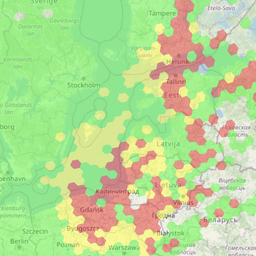Russia's interference affects Estonia. It impacts primarily airspace and maritime areas. However, flying and traveling by ship remain safe. The damage has already exceeded 500,000 euros.
Interior Minister Igor Taro stated that Russia has been interfering with GPS signals for years. Recently, the problem has become more serious. Some devices have become unusable.
The damage is significant, but it provides reasons to develop technology. The minister wants more funding to purchase drones. He wants Estonia to have more drones.
Drones do not last long. For example, in Ukraine, a drone lasts only six hours. In Estonia, it lasts slightly longer, but not years.
Aircraft and ships are safe because they have other navigation systems. But smaller aircraft and drones are at risk. A drone may crash due to interference.
Other countries, such as Lithuania and Finland, are also affected. Estonia is cooperating with neighboring countries. The minister wants sanctions against Russia.
TTJA Director General Kristi Talving said that interference has increased since 2023. It originates from Russia. Flying drones in Narva is very difficult.
Near Narva, there are four jammers. One of them is close to the Estonian border. This makes it difficult to fly drones. TTJA advises against flying drones in Narva.
In southeastern Estonia, interference is less severe. However, caution is still required there. The Kaliningrad jammer also affects other countries.
GPS interference primarily affects aviation. 85% of flights are impacted. Aircraft may receive incorrect location data.
At sea, interference is less severe. However, there are issues in the Gulf of Finland and Lake Peipus. Flying and traveling by ship remain safe.
PPA Deputy Director Veiko Kommusaar said it is difficult to operate drones. Russia is trying to control drones. PPA is developing new technologies to address these issues.
PPA continues to use drones. They are increasing the number of flights. Some drones have crashed, but work continues.

